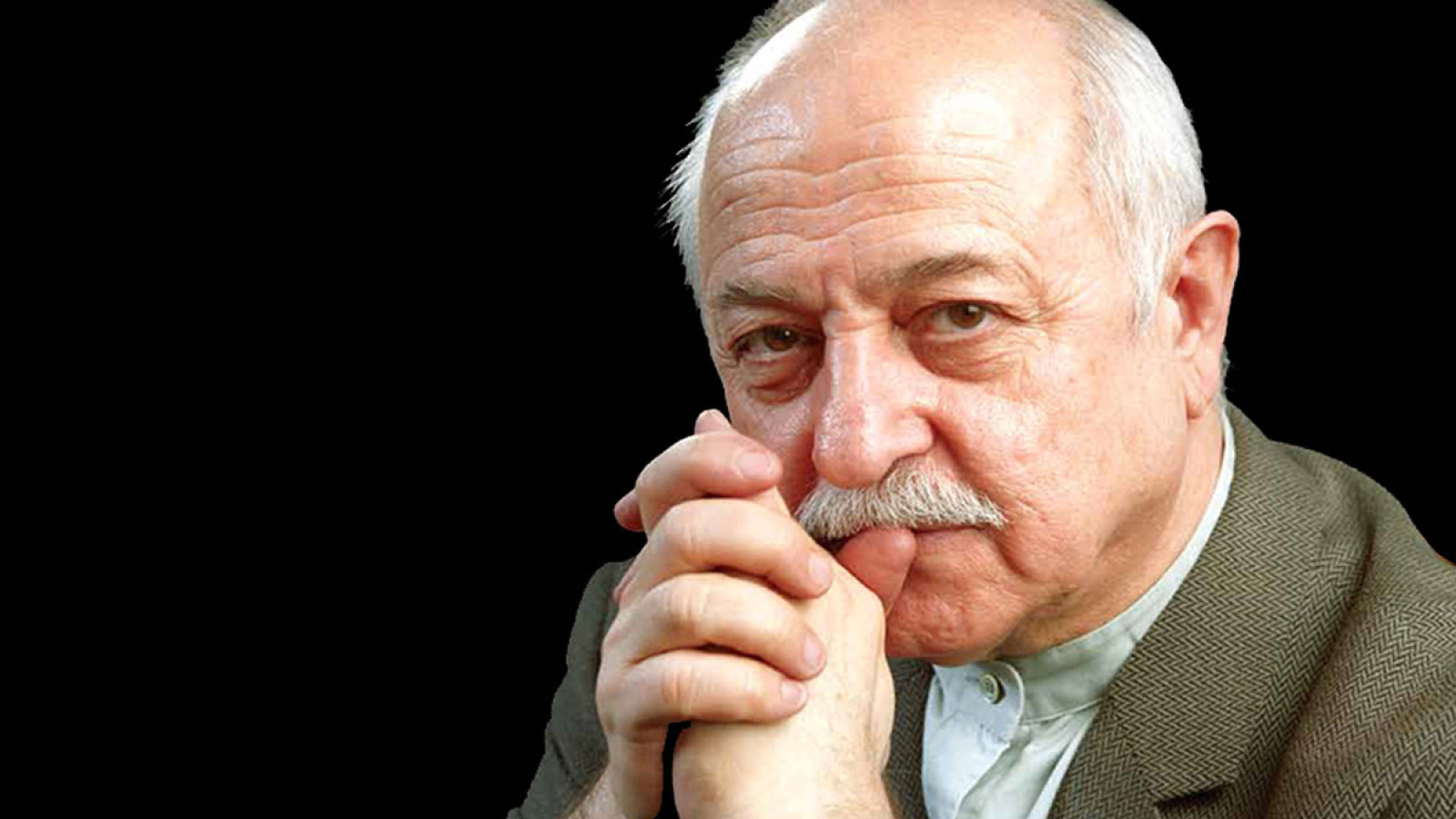
Mohammad Ahsaii was born in 1318 SH. He is one of the pioneers of Calligram that is a text arranged in such a way that it forms a thematically related image. He is one of the first to use the alphabets as a medium of expression. Mohammad Ahsaii was born in Qazvin, a city where many geniuses such as Mir Emad, Darvish Abd ol-Majid Taleqani, Emad ol-Kottab, and Seifi, who are all renowned calligraphy artists of Iran, were born, too. Ehsaii graduated from Fine Art College of Iran. In the 1340s SH, he both worked as a teacher and graphist and also dedicated a great part of his time to calligraphy. From 1341 to 1344 SH, he was the chief of the graphic department of Shir-o-Khorshid (now Hilal Ahmar) and the calligrapher of Pars Graphic Institute. As stated in his professional life, as a calligraphist, drawer, graphic designer and an art expert, he edited a series of three-year-course books about art and its teaching method. All of his activities during those decades is formed around the axis of teaching calligraphy based on diverse types of lettering. His collaboration with artists like Morteza Momayez, Ali Asghar Masumi introduced him to Graphic more than before. He had a major role in founding the Graphic Major at the University of Tehran.
The experiments in Calligram by Mohammad Ahsaii began when he painted works that were intentionally composed of “La Ilaha Illallah” or the Shahada. According to the artist himself, it was a picturesque declaration of belief in God and a representation of Islamic Mysticism and Sufism. Some of his other well-known artworks are the logotypes of Nahj al-Balagha foundation and Library, Niavaran Complex, Iranian Academy of Arts and many more.
Whether they are posters or logos or paintings, we can witness in his artworks meaningful relations between the structures of the words. From 1354 to 1357 SH, he was commissioned by the University of Tehran to paint a relief Calligram on a piece of clay as big as three hundred and fifty square meters on the walls of building of Faculty of Theology and Islamic Studies. This work was generally inspired by the story of Conference of the Birds by Attar. On the two walls located in front of the hall, the flying birds, which in fact are formed by words, represent their journey in search of Simorgh. Ahsaii says about this work that “I looked back and followed the tradition of using lettering.
Different words can be chosen, so we must know what we want from them. That is the reason that the calligraphy highlights the intention of Safavid Mosques, and the circles and Alef alphabets that point toward up, impress the viewers. Artworks by Ahsaii have met great success in both domestic and international auctions, and continue to do so.